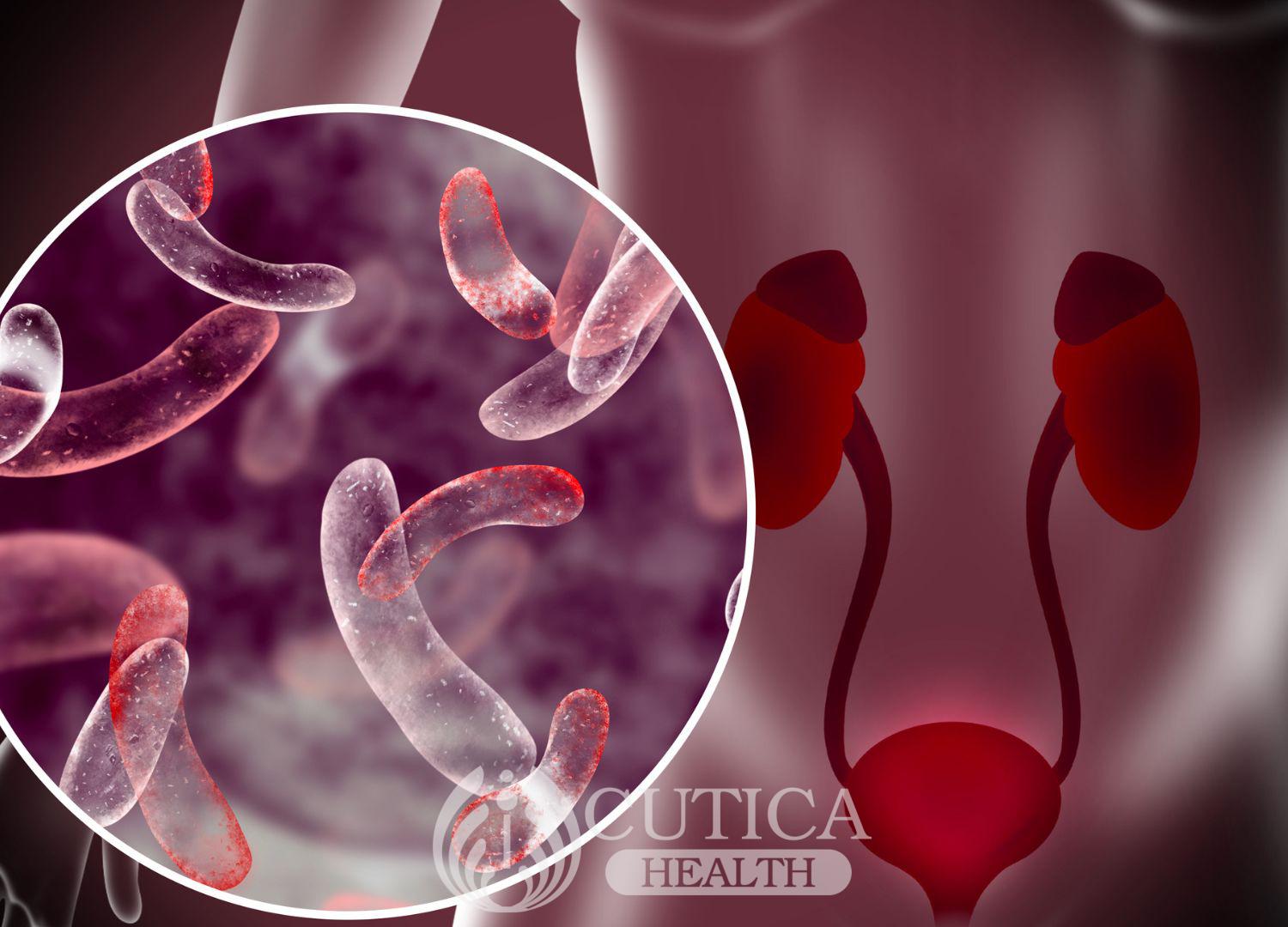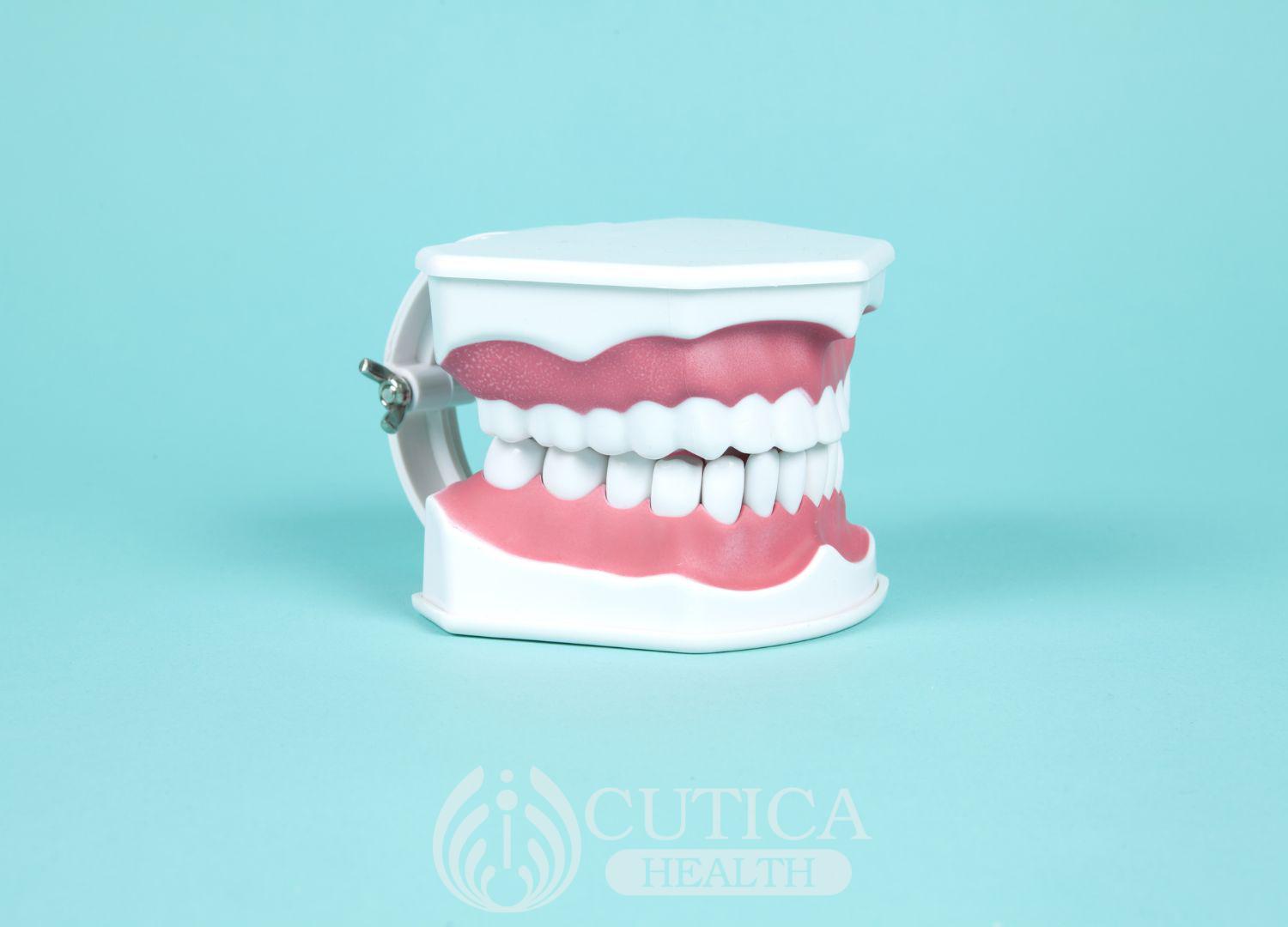
When the infection dey limited to the bladder dem dey call am cystitis. Infection wen don spread go the kidney(s) dem dey call am pyelonephritis or “pyelo” for short. Even though UTIs common, e dey possible to reduce the risk of say person contract am .
Wetin be the causes and risk factors?
UTI dey happen wen bacteria enter the urinary tract and e travel go the bladder and kidneys.
Normally , the infection dey caused by bacteria wen dey normally dey the gut like E-coli.
Women dey at higher risk to contract UTI pass men due to the shorter distance between the anus and the opening wen piss dey pass come out of the body.
Sexual activity dey increase the risk because e fit promote entry of bacteria into the urethra. But, even with sexual inactivity, woman fit still develop UTI – cos to other risk factors.
These other risk factors include menopause, blocked urinary tract (like from kidney stones), recent urinary tract surgical procedures, and weak immune system.
Symptoms and signs of UTI dey different depending on the extent of the infection and areas wen dey affected, and dem include :
* Urge to pass piss frequently
* Cloudy or bloody piss
* Foul-smelling piss
* Pain or burning sensation wen you dey piss
* Lower abdominal pain
* Backache or flank pain
* Fever
* Nausea or vomiting
Presence of fever and vomiting go suggest say the infection don spread go the kidneys. Some symptoms of UTI fit also dey caused by sexually transmitted infection.
Prevention and Treatment
Drinking plenty water – at least two liters – if you drink am daily e dey reduce the risk of coming down with UTI. Plus , proper personal hygiene dey important to prevent bacteria make e nor enter the urethral opening from around the anus. A medical practitioner fit order the right tests and prescribe the proper antibiotic for treatment.












